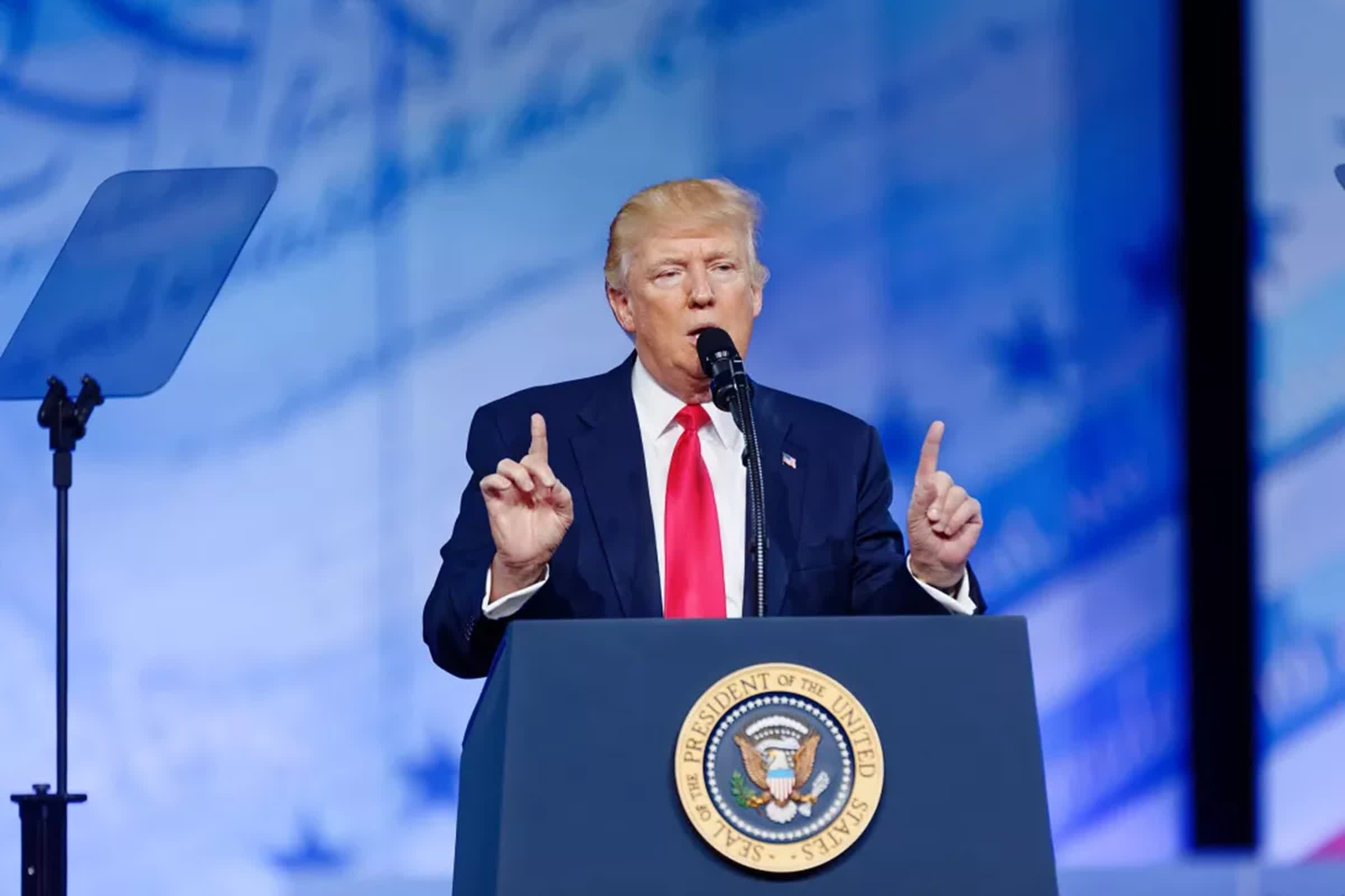TL;DR: Another day, another proposal from Trump to use tariffs to accomplish diplomatic and economic goals. While supporters may view these measures as necessary for protecting American interests, critics warn of higher prices and widespread business disruption. The coming months will likely see intense discussions about the future of global trade relations and the role protectionism should play in the economy.
President-elect Donald Trump has announced plans to impose sweeping tariffs on imports from Canada, Mexico, and China once he returns to the White House. The controversial declaration has already triggered significant currency fluctuations and raised alarm bells about potential economic disruptions worldwide.
Trump intends to slap a 25 percent tariff on all imports from Canada and Mexico, while adding an extra 10 percent levy on Chinese goods, piling onto existing tariffs. Trump justified these measures by accusing these nations of enabling illegal migration and drug trafficking, particularly the flow of fentanyl into the United States.
The announcement sent immediate ripples through currency markets. The Canadian dollar tumbled 0.9 percent against the US dollar, plummeting to a four-year low. Meanwhile, the Mexican peso took an even harder hit, depreciating by 1.3 percent and exacerbating its recent decline. China's currency also felt the impact, with the renminbi slipping 0.1 percent to 7.25 against the US dollar.
Economists and trade experts have not minced words about the potential consequences of such broad tariffs. "Stiff new tariffs on imports from the US's three largest trading partners would significantly increase costs and disrupt business across all economies involved," Erica York of the Tax Foundation told the Financial Times.

Consumers will certainly feel an impact. According to a recent Consumer Technology Association (CTA) report released prior to the election, a 10 percent global tariff combined with a 60 percent China-specific tariff could increase laptop prices by 45 percent. For instance, a laptop currently priced at $793 would cost consumers an additional $357. Premium models could see even greater increases, adding $450 for every $1,000 of current pricing.
The CTA, which produced the report in partnership with Trade Partnership Worldwide (TPW), projected significant price hikes across a wide range of products. Smartphone costs are expected to rise by 25.8 percent, while monitors are anticipated to see a 31.2 percent increase.
These calculations were made in response to earlier proposals by Trump to impose tariffs of 10 to 20 percent on imported goods, along with a special 60 percent tariff on imports from China.
The international response to Trump's latest announcement was swift. Beijing quickly fired back, with state television CCTV labeling Trump's comments as "irresponsible." In what appeared to be a strategic counter-move, China's Vice President Han Zheng used a global supply chain expo in Beijing to emphasize the country's commitment to open trade and globalization, presenting China as a guardian of free trade despite accusations of heavy subsidies and market barriers.
Mexico's reaction was equally pointed. Ricardo Monreal, leader of Mexico's ruling party in the lower house of congress, said that tariffs would not address the underlying border issues. He warned that escalating trade retaliation would only serve to hurt consumers' pockets, potentially leading to economic hardship on both sides of the border.
Canadian officials also weighed in on the matter. Deputy Prime Minister Chrystia Freeland and Public Safety Minister Dominic LeBlanc issued a joint statement highlighting the strong bilateral relationship between Canada and the United States. They emphasized Canada's significant role as a trade partner and energy supplier to the US, noting that Canada purchases more from the United States than China, Japan, France, and the UK combined.
Experts warn of potential disruption to integrated manufacturing sectors, particularly the automotive industry, which relies heavily on cross-border supply chains.
"There's a lot of integration of North American manufacturing in a lot of sectors, particularly autos, so this would be pretty disruptive for a lot of US companies and industries," Warren Maruyama, former general counsel at the Office of the US Trade Representative, told the Financial Times.
Trump's announcement aligns with his campaign rhetoric, which has consistently emphasized aggressive trade policies. He has, at times, threatened even more severe measures, including tariffs of up to 1,000 percent on Chinese cars crossing the southern border and a potential 25 percent tariff on Mexico if it fails to address border security concerns. These numbers are a significant escalation from Trump's previous trade policies during his first term.
While Trump's proposed tariffs are more extreme, it's worth noting that the current Biden administration has also taken steps to increase levies on certain Chinese imports. In May, the Biden administration raised tariffs on imported clean-energy technologies and increased tariffs on electric vehicles from China to 100 percent.
The Biden administration has also been pushing Beijing to crack down on fentanyl production, an effort that has seen some progress with China agreeing to impose controls on key chemical ingredients.
